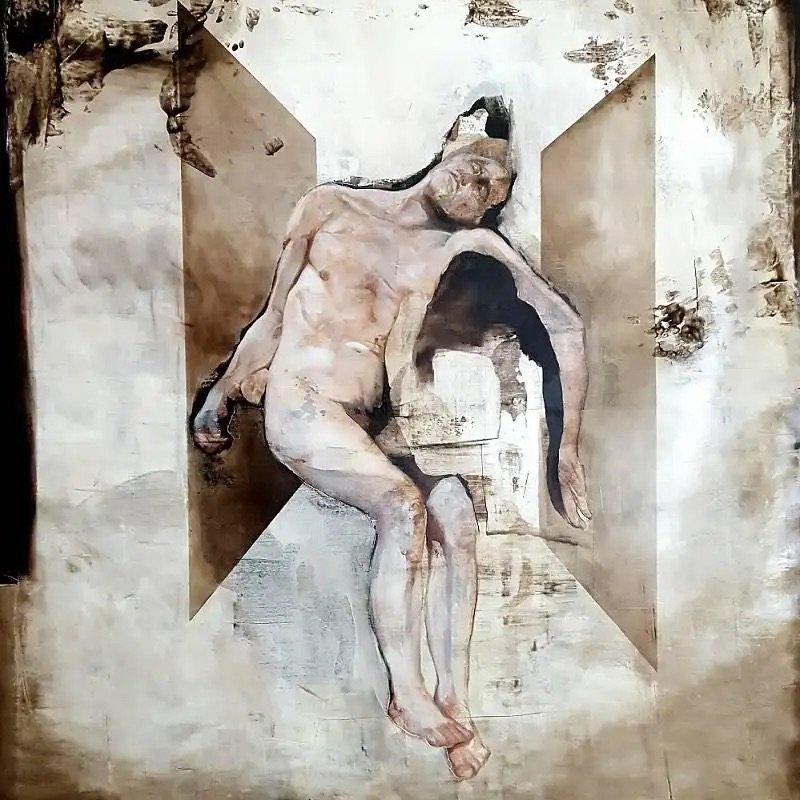Contemporary Art and Religious Expression: Exploring the Fusion of Art and Religion

Introduction:
In the realm of contemporary art, the intersection with religious expression has been a fascinating and dynamic terrain. Artists from various religious communities have found innovative ways to integrate their faith with their artistic practice, resulting in compelling works that resonate with spiritual and cultural significance. This article delves into the practice of religious communities in combining art and religion, exploring the rich tapestry of creativity and faith.
Exploring Contemporary Art and Religion:
Contemporary art has often served as a vehicle for exploring and expressing spirituality, reflecting the diverse beliefs and experiences of different religious communities. In recent years, there has been a resurgence of interest in the relationship between art and religion, with artists drawing inspiration from their faith traditions to create thought-provoking and evocative works.
Christianity:
Within Christianity, artists have long been inspired by religious themes, creating iconic masterpieces that depict biblical narratives, saints, and religious symbolism. However, contemporary Christian artists are also exploring new avenues of expression, incorporating modern techniques and materials to convey timeless spiritual truths. From vibrant abstract paintings to multimedia installations, these artists are reimagining traditional religious imagery for a contemporary audience.
Islam:
In the Islamic tradition, art has historically played a significant role in conveying spiritual and religious themes, particularly through calligraphy, geometric patterns, and architecture. Today, contemporary Muslim artists continue this tradition while also pushing boundaries and challenging stereotypes. Through their art, they explore complex issues such as identity, faith, and social justice, offering fresh perspectives on Islam and its rich cultural heritage.
Judaism:
Jewish artists draw upon a rich tapestry of religious texts, symbols, and rituals to create works that reflect the depth and complexity of Jewish identity and experience. From illuminated manuscripts to conceptual installations, these artists engage with themes of history, tradition, and spirituality, inviting viewers to reconsider their understanding of Judaism and its relevance in the modern world.
Buddhism:
In the Buddhist tradition, art has long been used as a means of meditation and contemplation, with intricate sculptures, paintings, and mandalas serving as visual aids for spiritual practice. Contemporary Buddhist artists continue this tradition while also exploring new forms and techniques. Through their art, they explore themes of impermanence, mindfulness, and interconnectedness, offering insights into the nature of reality and the human condition.
Conclusion:
The practice of religious communities in combining art and religion is a testament to the enduring power of creativity and faith. Through their art, artists from diverse religious traditions seek to deepen their spiritual connection, engage with their religious heritage, and contribute to ongoing conversations about the role of religion in contemporary society. As we continue to navigate an increasingly complex and interconnected world, the intersection of art and religion offers a space for reflection, dialogue, and renewal.